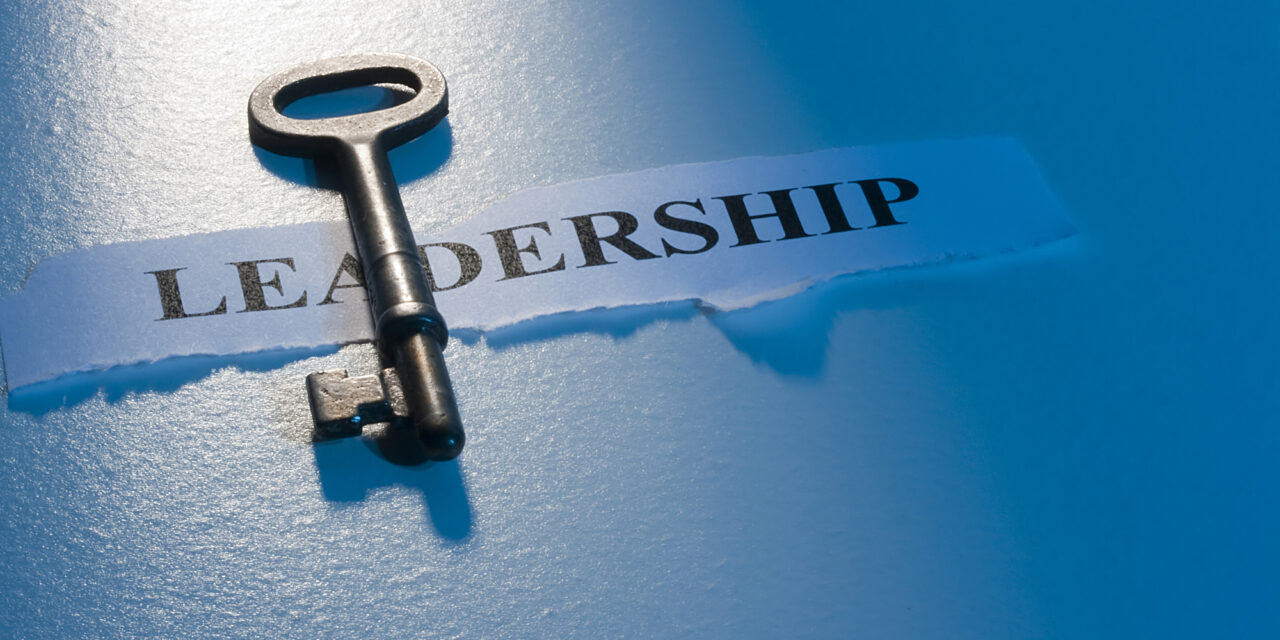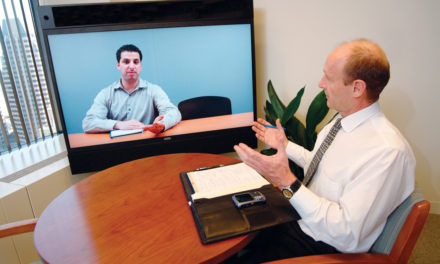In the dynamic landscape of today’s business work, staying ahead requires more than just a great product or service. It demands an organization that operates like a well-oiled machine – efficient, adaptable, and finely tuned. Welcome to the realm of organizational effectiveness, where the magic of seamless processes, engaged teams, and strategic vision comes together to create success that’s not just momentary, but sustainable.
- The Symphony of Streamline Processes
Image your organization as an orchestra. Each instrument plays a vital role, and when they’re in sync, the result is harmony. The same applies to your processes. Organizational effectiveness entails evaluating and refining workflows, cutting down unnecessary steps, and integrating technology to streamline operations. By eliminating bottlenecks, you unleash your team’s potential to focus on high-impact tasks.
2. The Heartbeat of Engaged Teams
Engaged employees are the heartbeat of any successful organization. When individuals feel valued, heard, and connected to a shared purpose, their productivity soars. Organizational effectiveness is about fostering culture that empowers, recognizes achievements, and provides avenues for growth. Invest in professional development, encourage open communication, and watch as your team becomes a driving force.
3. Navigating Change with Agility
In a world of constant change, adaptability is key. Organizational effectiveness is not just about being efficient in your current state but also about embracing change gracefully. Design processes that can flex and evolve, empower your team to innovate, and create a culture where change is seen as an opportunity, not a disruption.
4. Data-Driven Decision Making
Data is the compass that guides effective decision-making. By leveraging analytics and insights, organizations can make informed choices that align with their goals. Organizational effectiveness involves not only collecting data but also interpreting it to drive improvements, identify trends, and make proactive adjustments.
5. Strategic Alignment for Success
Picture your organization as a ship – its destination is defined by its course. Organizational effectiveness requires aligning every team, every effort, with a unified strategic vision. When everyone understands the big picture and works towards it, silos are broken, and collaboration flourishes.
Wrapping it Up
Organizational effectiveness is not a destination; it’s a journey of continuous improvement. It’s the pursuit of excellence that propels organizations from good to exceptional. By cultivating streamlined processes, nurturing engaged teams, embracing change, utilizing data, and aligning strategies, businesses can navigate the complexities of the modern world with finesse.
Latest posts by Tresha Moreland (see all)
- Recession 2008 Versus 2024: Lessons Learned and Key Workforce Differences - April 24, 2024
- Why Layoffs Fall Short: Embracing a Holistic Approach to Cost Savings - April 21, 2024
- Find Your Anchor In A Sea Of Fear - April 18, 2024













